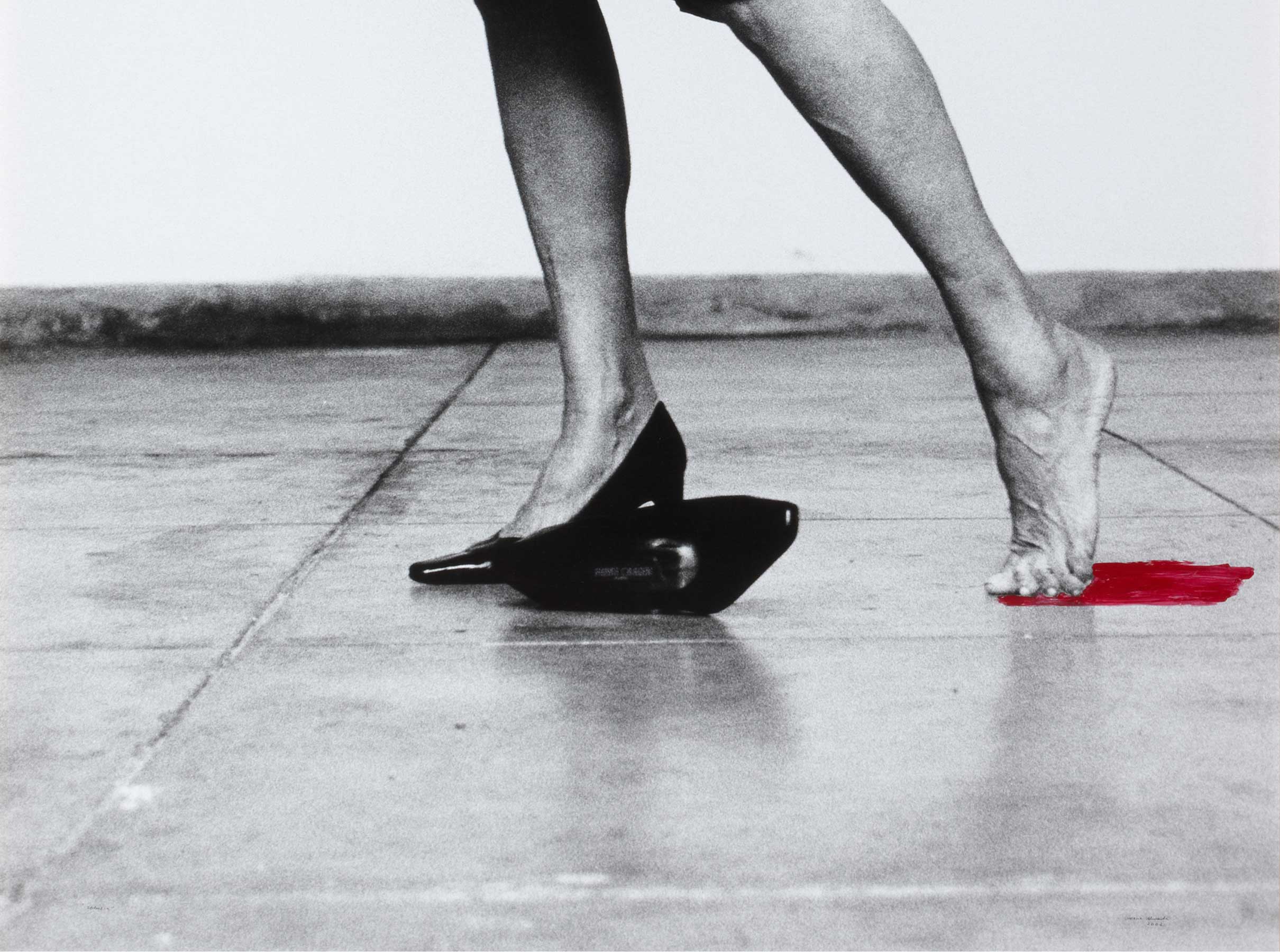107 kilómetros de línea aplicados a un paisaje [107 km of lines applied to a landscape]
- 2006
- Pencil on paper
- 118,5 x 118,5 cm
- Cat. D_332
- Acquired in 2009
The work of Buenos Aires-born artist Ernesto Ballesteros calls into question the frontiers between creative action and material results, striving for convergence between performative art and drawing. His work is thus purely self-referential. Following a conceptual tradition that dates back to the late 1960s, he produces pieces that seek to answer questions or to quantify the unquantifiable. Is it possible to determine how many lines Rembrandt drew in producing his 1630 Self-portrait in a Cap, Wide-eyed and Open-mouthed? Were those lines greater or lesser in terms of total length than those that he drew nine years later to produce Self-portrait Leaning on a Stone Sill? In Ballesteros' own words, ‘[c]an the circumference of planet Earth be confined in an art venue? How many stars are there in a particular patch of sky? What can be seen around a covered light source?’. Since 2006 Ernesto Ballesteros has been producing drawings, often in collaboration with assistants or even members of the public, that sometimes take months to complete. The idea of representation thus loses its meaning in the face of the process of production itself, which ends up becoming a performance, almost a choreography. The artist and his assistants draw innumerable lines with watercolour pencils: each line is placed on the one before, so that time erases their marks, just as the waves on the shore gradually erase figures drawn on the beach with a stick. These tireless lines give rise to monochrome paintings or landscapes, as Ballesteros calls them, which he then quantifies. He has worked out that on average an hour of work results in 1.6 km of lines. As in the workshops of High Renaissance and Baroque period painters, it is hard to know whether a particular part of the work was drawn by the hand of the artist himself or by an assistant. What matters is the concept, blocked in the early steps of art through disegno or drawing. Underlying the energy of many hands there is strength, tiredness and a loss of awareness, all jumbled into lines that come and go like a mantra or the weave of a fabric. This explains the titles of the two drawings owned by the Banco de España Collection: 205 km of lines applied to a landscape and 107 km of lines applied to a landscape, both produced in 2006.
In photographic works such as 104 covered light sources (2006), Ballesteros alters photos that he himself has taken; they are night-time urban landscapes in which he covers the focal points of the light sources with small circles to highlight the details of reality that their brightness obscures.
Other works by Ernesto Ballesteros

![107 kilómetros de línea aplicados a un paisaje [107 km of lines applied to a landscape]](/f/webca/INF/assets/img/fff.png)